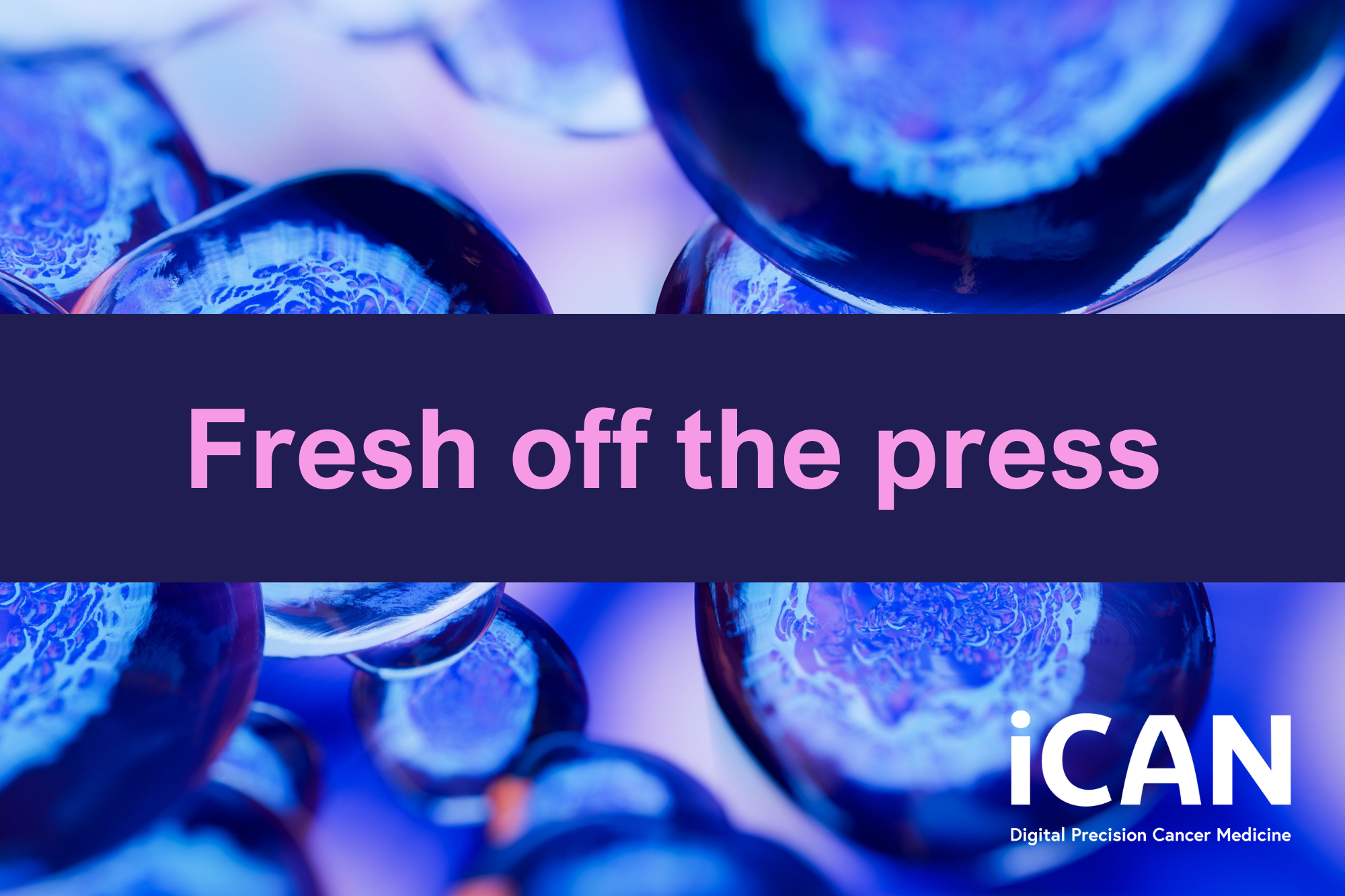New study offers insights for optimizing CML treatment
Chronic Myeloid Leukemia (CML) is a disease more common in the elderly, marked by the excessive growth of immature white blood cells affecting the blood, bone marrow, and other organs. In Finland, approximately 50-60 new cases are reported each year. CML has been a success story in cancer molecular medicine, with the discovery of the leukemia initiating BCR::ABL fusion gene caused by chromosomal translocation. This discovery has led to targeted therapies such as tyrosine kinase inhibitors (TKIs), which have significantly improved patient outcomes with fewer side effects than traditional chemotherapy.
Despite these advances, some patients develop resistance to TKI treatment, sometimes in the absence of resistance mutations in the BCR::ABL gene, indicating the existence of BCR::ABL-independent resistance mechanisms. CML stem cells can resist TKI treatment by activating alternative survival pathways, making it essential to identify and target these pathways for a potential cure.
In a study Integrated drug profiling and CRISPR screening identify BCR::ABL1-independent vulnerabilities in chronic myeloid leukemia published in Cell Reports Medicine in April 2024, Shady Adnan Awad and the team applied advanced technologies like sequencing, gene editing, cell phenotyping, and drug sensitivity screening to investigate these independent survival pathways and find effective drugs. They applied drug screening on patient samples enriched with CML stem cells, and used the flowcytometry to identify drugs that specifically target the hard-to-kill primitive stem cells. Drugs such as mepacrine, navitoclax, idasanutlin and AZD1775 were identified as effective. Synergistic combinations of these drugs were identified with TKIs, which may overcome primary resistance and treat advanced-phase patients.
The molecular mechanisms behind BCR::ABL-independent resistance were further explored using CRISPR/Cas9 gene editing to target roughly 20,000 genes. This approach helped identify genes associated with enhanced resistance or sensitivity of drug treated cells, and specific resistance-related pathways. The findings were validated through individual gene editing experiments to alter drug sensitivity profiles in CML cells, singling out the gene KCTD5 as associated with TKI resistance. The researchers identified a role of KCTD5 in mediating ubiquitination of key signaling proteins in CML cells including BCR::ABL and AKT proteins. They also identified drug combinations that overcome the KCTD5-induced resistance in CML cells.
In conclusion, the study provided insights into BCR::ABL-independent survival pathways in CML cells and identified effective TKI-drug combinations to potentially overcome TKI resistance. These strategies could improve targeting of leukemic stem cells and contribute to achieving a cure for CML.
Text by Shady Awad
For more information, please contact Satu Mustjoki (satu.mustjoki@helsinki.fi) or Shady Awad (shady.awad@helsinki.fi)
Full text: www.cell.com/cell-reports-medicine/fulltext/S2666-3791(24)00190-3
Tweetorial:


